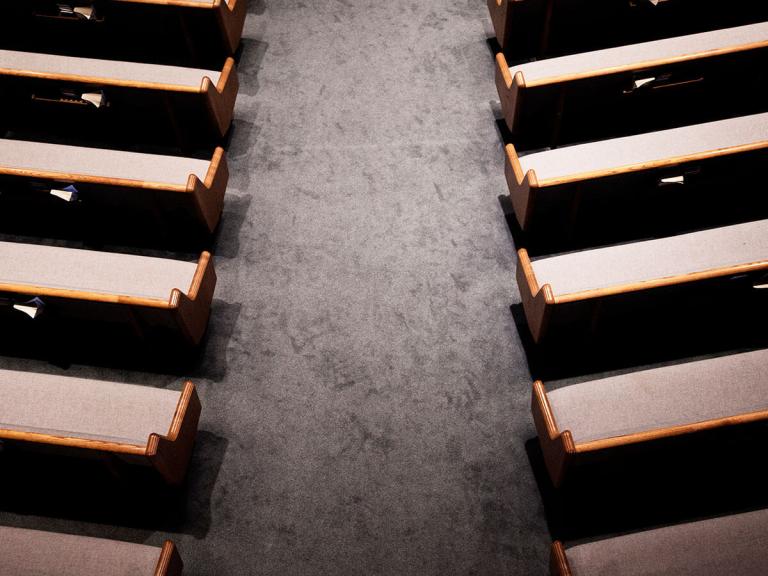
A study entitled “Faith After the Pandemic: How COVID-19 Changed American Religion,” released by The Survey Center for American Life through the American Enterprise Institute, has found that one-third of Americans appear to have permanently dropped out from church attendance since the 2020 COVID-19 pandemic. The study included Christians, Jews, and Mormons and found that 13 percent of Americans attended in-person services in 2020 when many churches remained closed due to pandemic restrictions. By 2022 that number had risen to 27 percent. However, that number is lower than pre-pandemic levels, according to the study. Furthermore, before the pandemic, 25 percent of Americans stated they never attended religious services. That number had risen to 33 percent by spring 2022.
Prior to the pandemic, 75 percent of Americans reported attending church at least once a year. Twenty-six percent reported attending regularly. After the pandemic, the number of Americans attending service at least once a year had dropped to nearly 66 percent. Regular attendees only dropped slightly to 24 percent. Certain groups were also more likely to have dropped out of church than others. The study found that young adults (18 to 29), liberals and moderates, and Americans without a college degree had a higher increase in never attending than conservatives, older Americans, married adults, and college-educated Americans. Before the pandemic, 14 percent of conservatives never attended services. By 2022, that number had ticked up to 20 percent, but for liberals and moderates, that number had increased from 31 percent to 46 percent. Young adults also had a significant increase in those who never attended, rising from 30 percent pre-pandemic to 43 percent. In contrast, seniors, one of the groups most at risk for COVID complications, saw a mild rise from 20 percent to 23 percent. Overall, only 58 percent of young adults reported the same level of religious attendance in spring 2022 as compared to before the pandemic.
Despite the differences in attendance, most Americans maintained the same religious identity. The study found that just 5 percent of those who identified as unaffiliated before the pandemic now identified with a religion, while 6 percent of those religiously affiliated pre-pandemic identified as unaffiliated. The study summarized the dichotomy of lower church attendance and stable religious identity by concluding, “The decline of religious attendance and the stability of religious identity over the past two years suggest a decoupling of identity and experience. Increasingly, religious affiliation may tell us less about the full range of religious and spiritual experiences Americans have and the extent of their theological commitments.
Past research has shown that Americans who regularly attend services are more likely to embrace the formal tenets of their faith and share a similar cultural worldview as their coreligionists. Nearly every major religious tradition—with just two exceptions—has experienced a drop in worship attendance. This gap may also signal the rise of cultural religiosity—with identity linked to ethnic or cultural aspects of the tradition rather than specific religious beliefs or rituals.”


